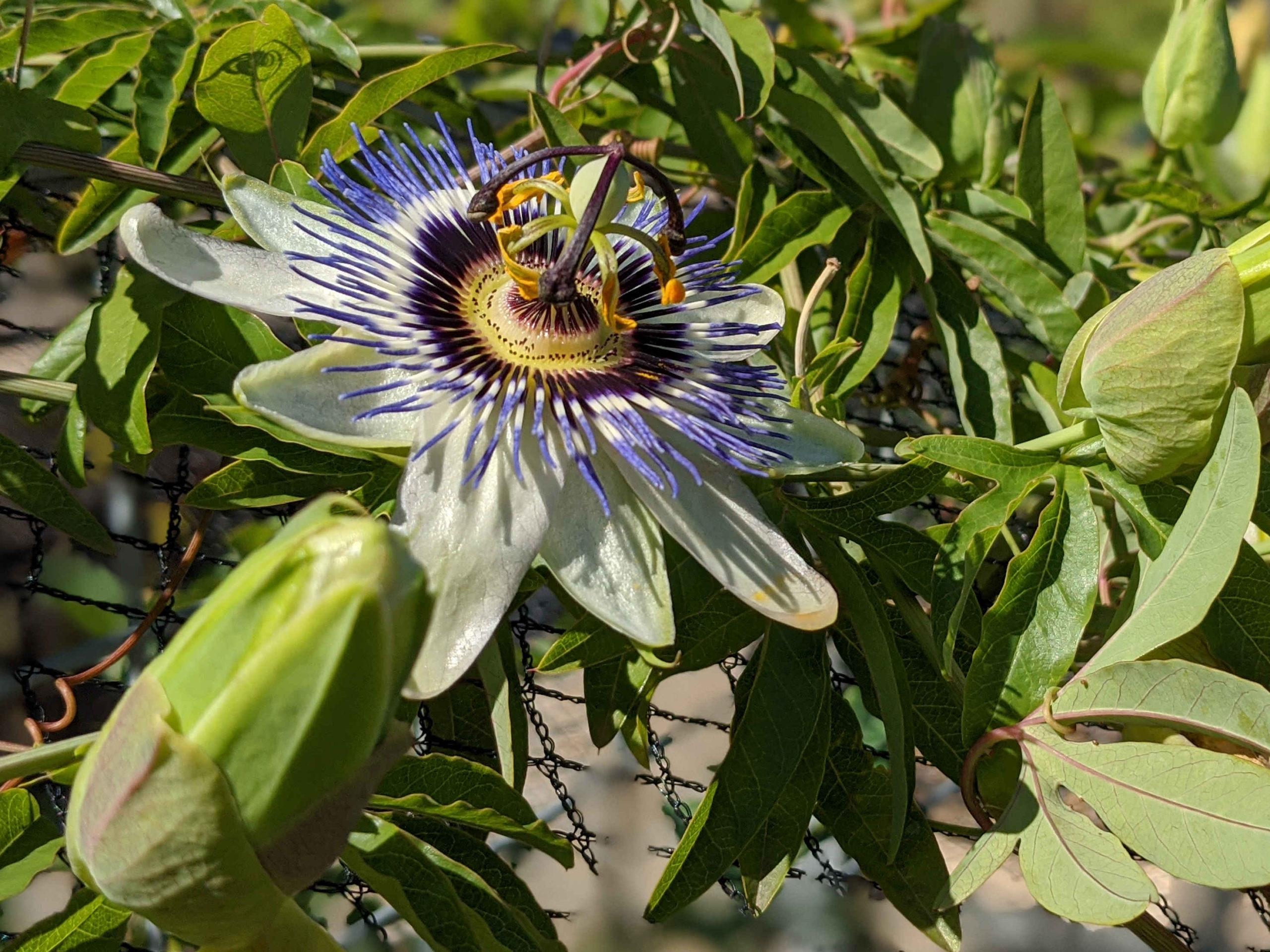Insight
Today I’m looking at New Zealand. First, this Washington Post article admiringly describes what has been happening there – New Zealand isn’t just flattening the curve it’s squashing it (this article may be paywalled, it wasn’t the first time I saw it but it seems to be now) and a much more sober academic piece about what is required to happen to make New Zealand’s elimination strategy work.
Elimination is a well-recognised strategy for infectious disease control, and New Zealand can draw on public health experience of eliminating a range of human and animal infectious diseases. In particular there are lessons to be learned from the measles and rubella elimination strategy, albeit with the difference that we do not yet have an effective vaccine for COVID-19. Past experience has taught us that there are three factors that are critical to elimination success:
1) high-performing epidemiological and laboratory surveillance systems;
2) an effective and equitable public health system that can ensure uniformly high delivery of interventions to all populations, including marginalised groups (in this instance intervention is focused on diagnosis, isolation of cases and quarantine of contacts rather than vaccine); and
3) the ability to sustain the national programme and update strategies to address emerging issues.
It does seem as if it might be possible for New Zealand to make this work. Their full lockdown started on 25 March (a Wednesday) at midnight, so they have now been going for two weeks. On the 25th march, their average daily growth rate in cases over the previous week had been 36% per day (largely from overseas travellers) and now their average growth in cases per day (in the last week) is 6%. They have just under 1,000 confirmed cases as of today (8 April), and 300 of them are in the 20-29 age group, which suggests they are doing fairly comprehensive testing.
And because their lockdown is as severe as most I’ve read about around the world, the reduction in social contact is likely to be up towards the 90% required from this study to take the prevalence down to a level that would enable control via aggressive testing and contact tracing. So in another two weeks, there is a good chance they will have found almost all the symptomatic cases that exist in the country.
Link
Today on Actuaries Digital, Douglas Isles builds a simple model looking at the impact of various level of lockdown on the rate of spread of Covid19 – and hence the levels of deaths.
As he says, now that we are starting to see lockdowns work (in different ways) around the world, we need to think about the next steps:
The next difficult questions, absent approved therapeutics, are going to be how we get the world back to work. Juggling economic, social, political, medical and ethical drivers will be a challenge, along with nationalism versus the fact this virus will not respect human borders. Modelling exponential growth from any point shows terrible outcomes, but the medical industry is working its hardest to change these, while the lessons of social distancing, self isolation and greater hygiene, may also act to help slow any future spread. Tough times ahead, but together we can fight to win this war.
Life Glimpses
We’ve been fighting a losing battle to find news to talk about over dinner that isn’t Covid19. Even the George Pell acquittal became a Covid19 story when he was spotted driving from Melbourne to Sydney today (in possible contravention of the rules about staying home). And the ABC News has given up on having a sports section, given there is no sports news besides the financial situations of the various codes of football now that they have no revenue. So I’ve been listening to The Eleventh – a great podcast about the dismissal of Gough Whitlam, and enjoying speculating about the conspiracy theories that sadly in the last episode seem to be being debunked.
Bit of Beauty
Today’s flower picture comes from geekinsydney again – a flower from the apricot tree from one of our local communal gardens.


Cannot comment on Insight, but would like to mention that Prime Minister Of New Zealand
Jacinda Ardern, announced in Parliament that Easter Bunny and Tooth Fairy are essential
workers, so they will come.
Bit of beauty – thank you geekinsydney, it is beautiful. Love Marta